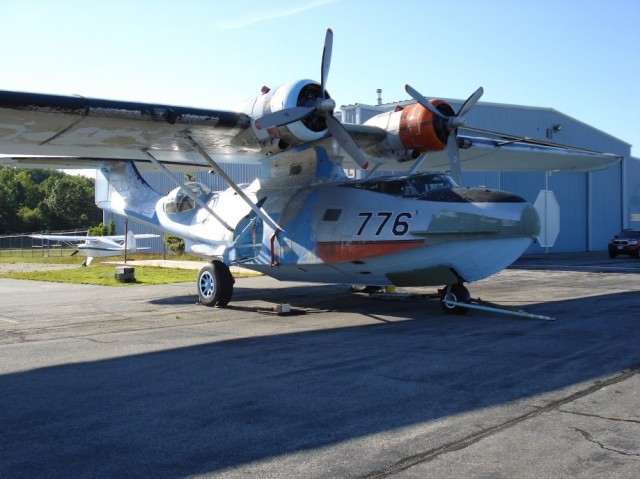
A PBY with lots of potential located at KSFM
This story was written by Michael Lothrop for AirlineReporter…
Sanford Seacoast Regional Airport (KSFM) is a municipally-owned airport located in Sanford, Maine. It is home to a fixed wing flight school, rotary wing flight school, a school specializing in ATP licenses, as well as a full host of FBO services. There is also an excellent diner to facilitate the infamous ’œ$100 hamburger’.
KSFM was originally a Naval Auxiliary Airfield during World War II, built at the same time as three others in the state. It has also been the host to Presidential aircraft, as both Bush administrations were keen to visit Kennbunkport.
It’s only fitting that an old Navy airfield would play host to an old Navy plane. Every now and then, one can get a glimpse of a hulking amphibious aircraft tied down on the far side of the field. I was fortunate enough to be put in touch with the private concern who owns this magnificent aircraft, and was granted an interview about the PBY Catalina. Here are some questions and answers from that session:
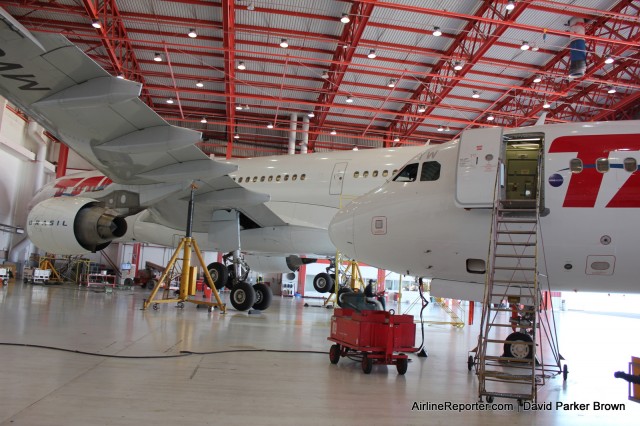
A TAM Airbus A330 and A320 get worked on at the MRO
The location of TAM Airlines’ Maintenance Operation Center (called “MRO” for Maintenance, Repair, and Overhaul) is in a unique location. It is not found at a major airport or even within a large city. It is located about three hours (by car) northwest of Sao Paulo (GRU) in the middle of farm land.
The facility used to be a tractor factory, with a runway built next to it to fly in the company’s parts. Turns out building your own airport and flying in parts, rather than shipping them via road, was not the best business decision and the tractor company went out of business.
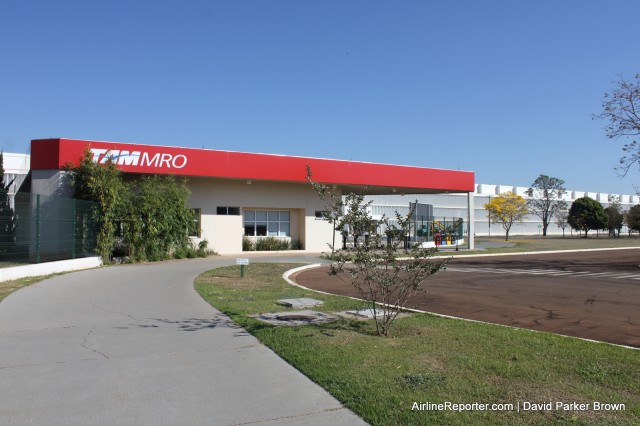
TAM’s maintenance facility is located about 15 miles from Sao Carlos
TAM saw this as a great opportunity to purchase the land and open their MRO. Large facilities already existed and, more importantly, a runway. So just over a decade ago, TAM opened up their MRO about 15 minutes north of Sao Carlos, a town of around 220,000. I was recently invited to check out the facility, and it was a semi-adventure just getting there.
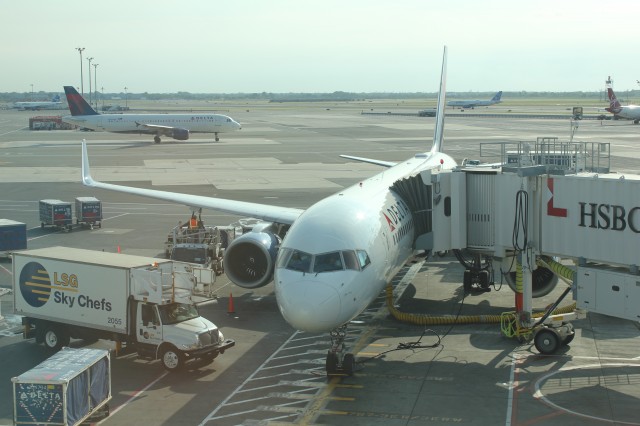
Delta Air Lines Boeing 757 at JFK – Photo: David Parker Brown | AirlineReporter
Delta Air Lines recently upgraded their Economy Comfort cabin for trancontiental flights from New York to Los Angeles, San Francisco, and Seattle. I recently had a trip from JFK to SEA and decided to give the upgrade a shot.
The big changes? The addition of pillows, blankets, sleep kits, Luvo snack wraps, free adult beverages, and frozen yogurt bars.
“Delta continues to invest in Economy Comfort with upgraded amenities for customers when they fly one of our transcontinental routes from New York to Los Angeles, San Francisco, and Seattle,” said Jeff Robertson, Vice President ’“ Product Development, Sky Clubs and Marketing Communications. “Adding pillows and blankets for comfort as well as Luvo wraps and mid-flight snack offerings improves the travel experience for our premium economy customers so they arrive at their destination rested and refreshed.”
These come with the standard upgrades that all Economy Comfort seats give passengers: up to 4″ additional legroom and ideal location for boarding/de-planing.
The big question – is $100 worth the additional extras you get with Economy Comfort? Although I was quite tired during this flight (this was the fourth and final leg of a four day, 15,000 mile journey), I was willing to find out.
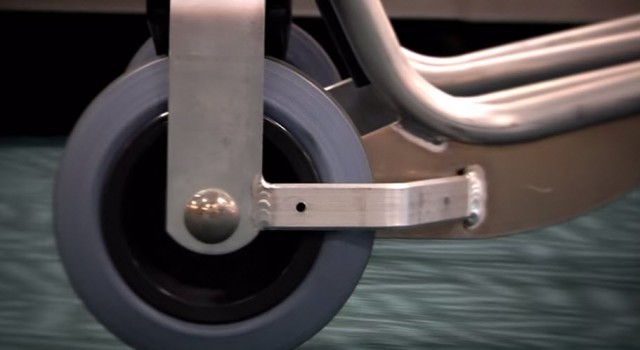
YVR’s new 2014 baggage carts, now rolling in an airport near you…if you live in Vancouver! Image: YVR
Our friend in Vancouver, Chris, is usually running around YVR airport’s terminals, ramp, and grounds. With his smartphone in hand, he tweets, blogs, posts, and helps to keep YVR’s social media presence timely and responsive. He’s often the “voice” behind the airport’s Twitter account, @yvrairport.
A couple of weeks ago, Chris did stay still for a while, long enough to put together a nifty video announcing the arrival of YVR’s 3,000 new baggage carts. At most airports, I don’t think that new carts would warrant even a press release, much less a video. But at YVR, it’s a big deal in a very tongue-in-cheek kind of way. And remember, when you travel through Vancouver’s multi-award-winning airport, you can use the carts for free.
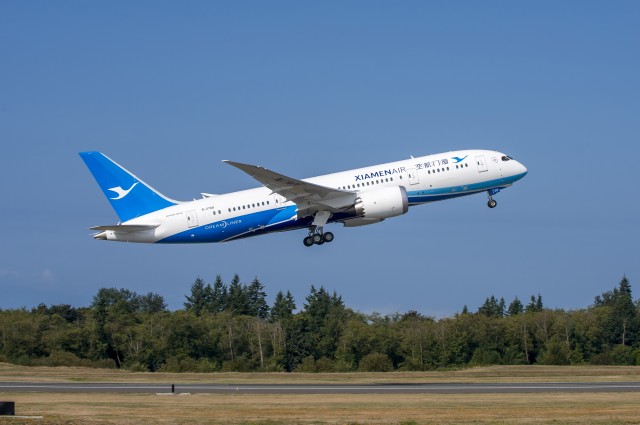
Xiamen’s first Boeing 787 conducting test flights at Paine Field – Photo: The Boeing Company
On Friday, another airline took delivery of their first Boeing 787-8 Dreamliner; Xiamen Airlines.
This event was special for the airline, since the 787 is the first wide-body to join their fleet. The airline currently operates Boeing 737-700s, 737-800s and 757-200s.
“We are excited to receive our first 787 Dreamliner, which is also the first widebody airplane of our all-Boeing fleet,” said Che Shanglun, president and chairman of Xiamen Airlines. “With the innovative technology and exceptional efficiency, the 787 Dreamliner will be key to our further growth and international expansion.”
The 787 is part of the airline’s plan to grow their fleet to 150 airplanes. On top of the 787, they also have over 65 737-800s, 30 737 MAX 8s, and six Comac ARJ21s on order.





